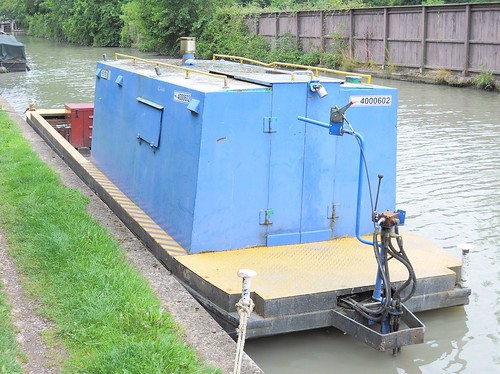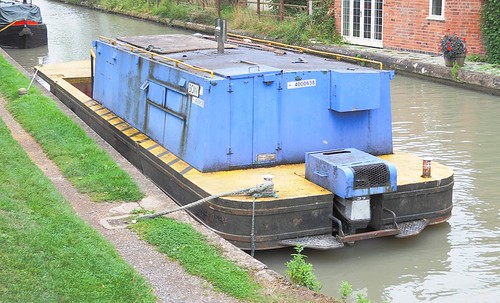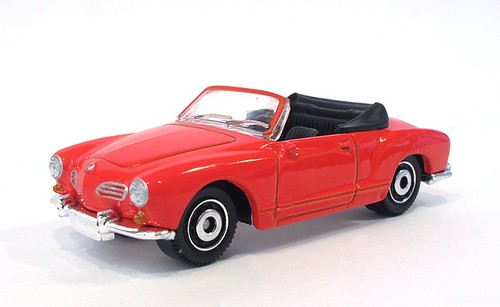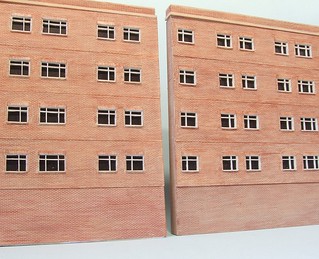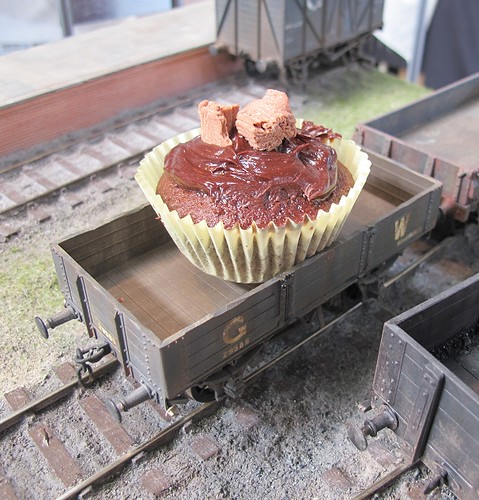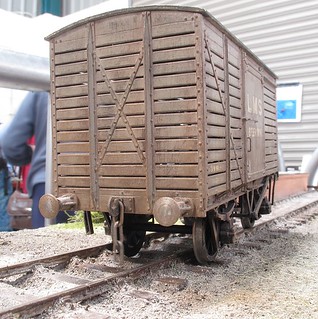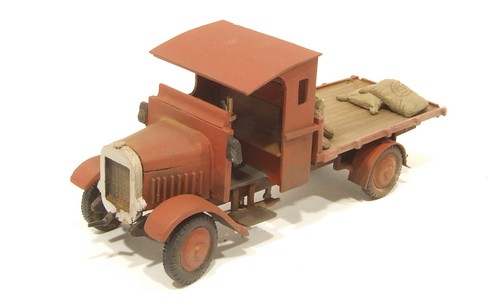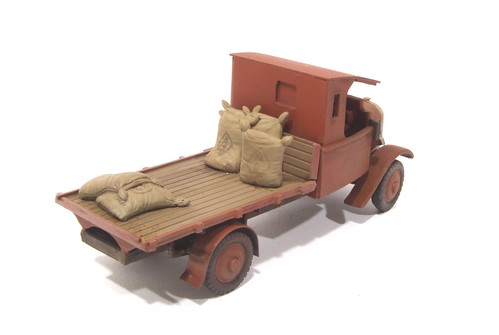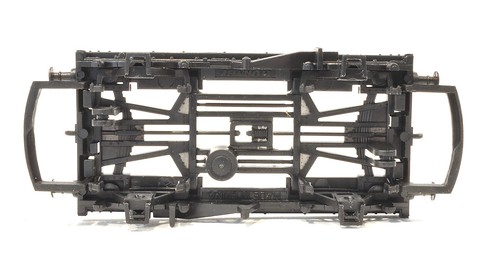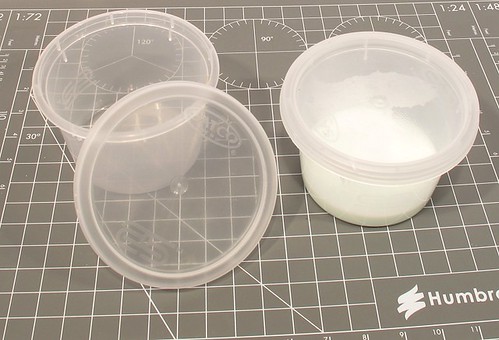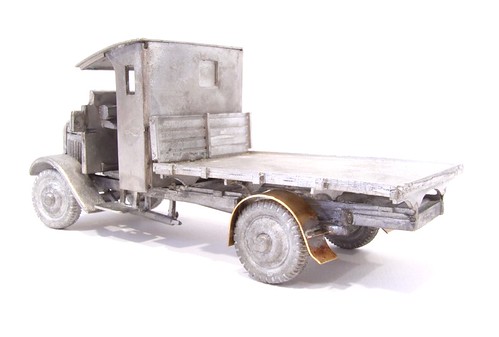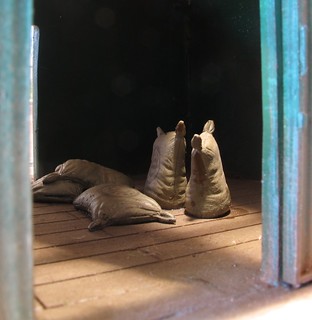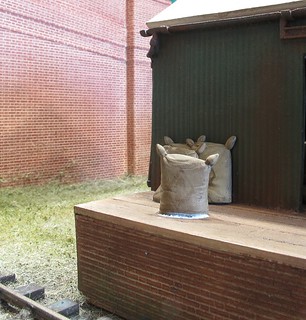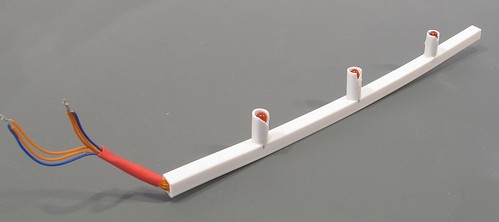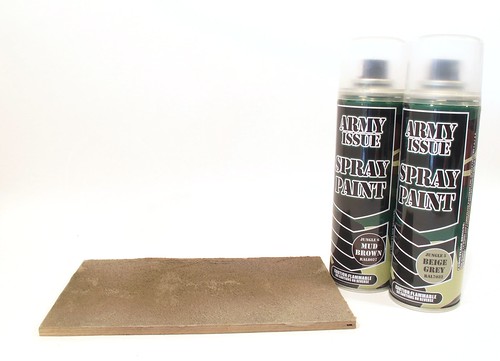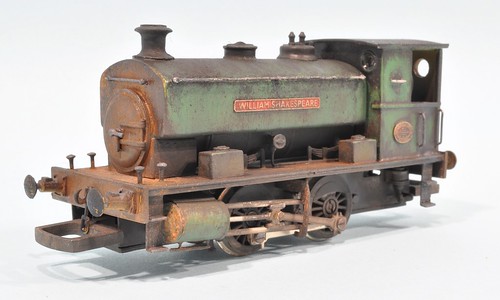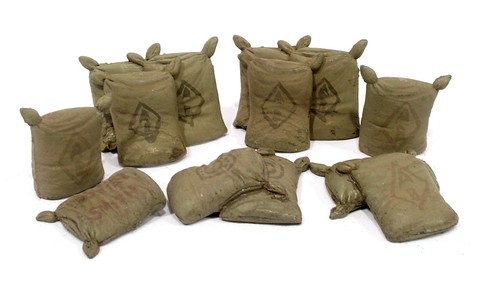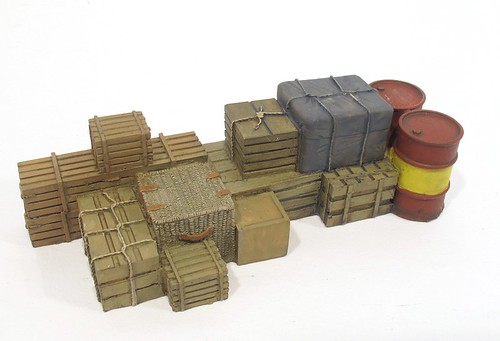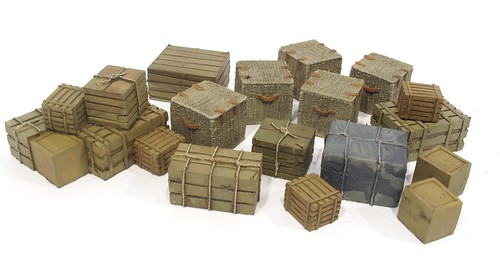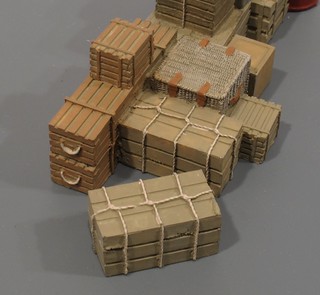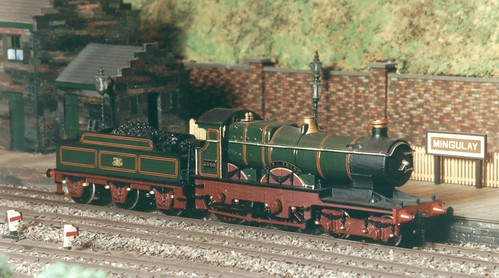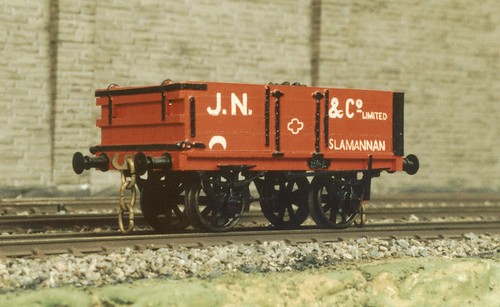This years Midland Railex came with the promise of a "Shunter Special" event. With this in mind, when were asked at last years event if we'd take a layout along, the obvious one to attend was
Melbridge Dock. Trouble was, that was the model we'd just exhibited and taking the same layout two years on the trot is bad form.
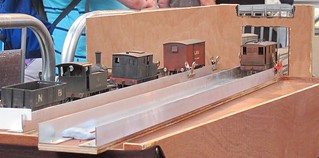
Despite this, we didn't want to use Hellingly or Flockburgh as the accommodation is a bit basic what with it being a locomotive shed and all. Part way through the year, we worked out that Clayhanger Yard would do the job and so offered to bring this. It's a shunting layout after all and being new, it ought to interest a few people.
Anyway, that offer was accepted and so on the Friday before the show we set off. Our Satnav seemed to have developed some very odd idea about a route. The fastest and simplest was from Leamington is M69 and M1. Mrs Satnav seemed to have developed an aversion to motorways and speed, preferring to take us through a nearby town known for traffic jams.
A quick check on the settings confirmed on the device confirmed they were OK so we decided to ignore her and head for the M1. Sadly, the M1 developed queues, Mrs Satnav got in a huff with even madder routes such as off the motorway, along a dual carriageway, double back and head to the motorway again.
3 hours to do a 1.5 hour journey. Hmmm
Anyway, we quickly set up in the diesel shed and headed to get some food and sleep.
The next morning we cleaned the track and played trains. The early start caught us out a little - punters in the hall half an hour before official opening - at least were operating though, unlike the two layouts behind us who were still covered up! Andy (RMWeb) York and I uncovered them and switched lights on so the display looked OK. When the operators arrived a few minutes later, they were saved a job.
Anyway, Saturday went fine. The microswitches on the points had cured the electrical woes and generally the layout performed well. Those 3-link couplings are a bit of a pain but we've now had advice on different shapes of uncoupling pole so there is more work before Telford.
The shunting display was well recived - lots of people focussed on the Class 13. Several wished a RTR version would appear (come on Hornby, it would be easy and sell like hot cakes) and I pointed them in the direction of the Parker's Guide where the build process is explained. I told them how easy it was. I think only one person beleived me. Another wouldn't buy a copy of the guide as the knock-down price of £4, but tooks loads of photos from all angles of the model in the display case.
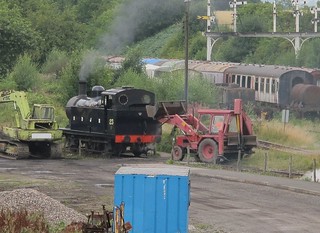
Sunday kicked off with a trip the steam shed to watch locos being prepared. How there were only 2 of use watching this is a mystery. Steam locos are lovely and watching them being stocked and cleaned by the volunteers was very special.
Less special was seeing Class 20 and 47 diesels being fueled and realising that locos I remember seeing as a kid are now obsolete and being preserved...
Sunday was also good. One highlight was meeting Richard Cooper, an annoying young modelmaker with tremendous talent.
You can see some of his work over on MREmag. I hate him for being so good.
The biggest problem with the show was that neither of us got out and about much. Too much chatting with visitors limited our looking around so my collection of photos is a bit limited this time. Having said that, this isn't a bad thing as chatting is the best bit. Clayhanger is a nice model but not the most exciting to operate over a long period. That said, it's there to provide ideas and a bit of inspiration along the lines of, "If that idiot can do it, anyone can."
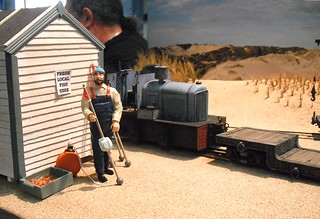
There were some top notch layouts to see when we did escape. I suppose many will mention "Diesels in the Duchy" but I preferred the much more bizarre Woolacombe, a huge scale model of a fisherman's railway. Weird, but I liked it...
Mind you, I did check the van to make sure my Dad hadn't sneaked one of the owls from the birds of prey display in the back, he checked to make sure I hadn't brought back the Peckett
Whitehead.
A cracking shows. Even if you ignore the prototype stuff outside there were some superb layouts and better trade than at many "proper" model railway events. If there was a disapointment, it was that thanks to a PW mix-up, the shunters were mostly marooned in the shed and not out on display or working for us to enjoy. Next year maybe.
Anyway, take a look at my photos on Flickr.
If you were wondering about the cakes -
that was on the blog yesterday!
Oh, and the trip back took 1.5 hours with no Satnav.

